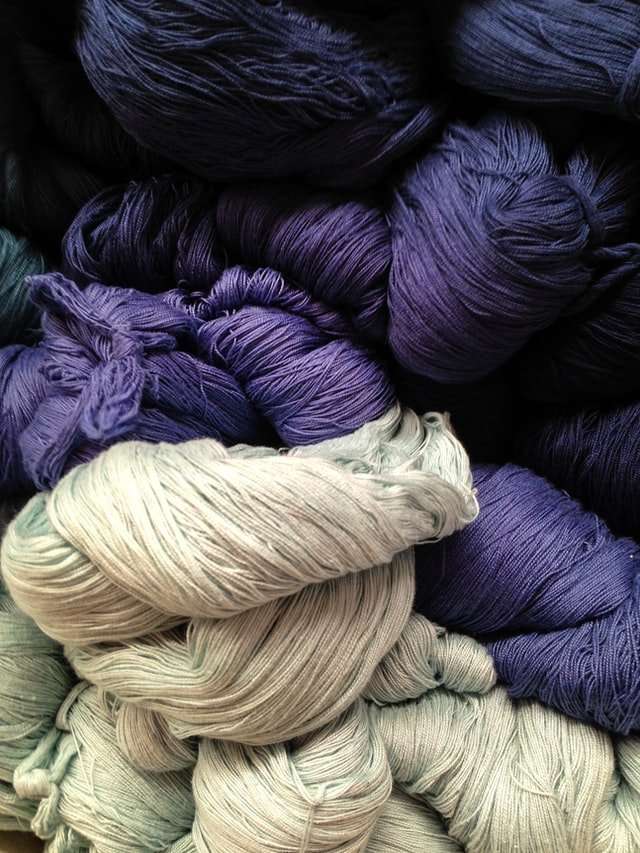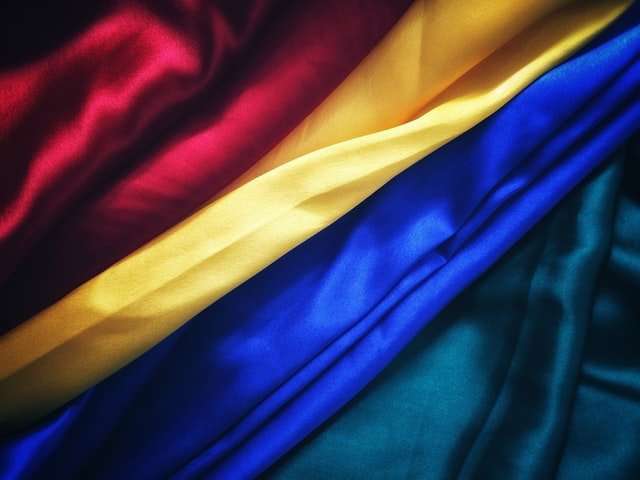What Fabrics Block UV Rays?

Your clothing is more than just a fashion statement, it helps keep you protected from damaging UV radiation, one of the leading causes of skin cancer. Certain types of materials, like bamboo shirts, often come with a higher UPF rating (less UV rays can pass through), but it depends on a lot more factors than just fabric composition. Every product is different, some provide superior protection while others provide little to none. If you are shopping for sun protective clothing and do not see a UPF value listed, keeping the below factors in mind will help make sure you are selecting a product that will help keep you protected.
Material

- Fibers: The fibers themselves have different UV protection qualities. Synthetic fibers such as nylon and polyester generally have a higher UPF value than other popular fibers such as bleached cotton. Bamboo fibers (when purchasing bamboo shirts, it’s generally labeled as viscose from bamboo) also tend to have a higher UPF value than cotton. However, the process of turning bamboo into bamboo viscose can sometimes alter the properties of the fabric, so make sure to check for a UPF rating and don't make any assumptions.
- Construction: Ultimately the goal is to reduce the amount of light that can pass through. With a tight weave, you have less space between the threads and thus less potential for UV radiation to pass through. Also, a shirt’s thickness can help protect your skin as it often has more fibers per square inch and a much tighter weave. A good simple test is to hold a shirt up to the light. Then, if a lot of light is passing through, it likely has a lower UPF rating than a shirt where no light passes through.
Fit
Generally speaking, loose-fitting apparel is preferable to tight clothing. Tight clothing has a tendency to stretch which separates the fibers - allowing more light to pass through. Loose unstretched fibers are going to provide more consistent protection, and are also less likely to become permanently stretched over time, therefore maintaining their UPF protection rating for longer. This also helps determine whether a shirt will maintain its UPF rating after being washed.
Style
The more coverage the better. It goes without saying that a short sleeve shirt cannot keep your entire arm protected, so try and find products that maximize the surface area coverage. Long sleeve bamboo shirts are great, and hooded long sleeve shirts offer even more protection for your ears and neck.
Color

Darker is better, but there is no formula for determining which specific color is best for sun protection. If you have to choose between a black and white shirt and are looking for maximum UPF value, more often than not the black shirt will provide more protection. This is in part due to the color absorption properties, but also due to the process of coloring a fabric with different dyes which further reduce the amount of UV radiation that can pass through. But keep in mind, just because a shirt is white does not mean it is not keeping you protected. A shirts protective qualities is a combination of all of the above factors and it’s very possible that your white bamboo shirts are keeping you just as protected, if not more protected, than your black cotton shirts.
UPF Rating
Choose apparel with a posted UPF rating for the safest way to ensure skin protection. This means clothing tested and proven to have UV protective qualities. For reliable protection, look for apparel that has a UPF rating of at least UPF 30.







